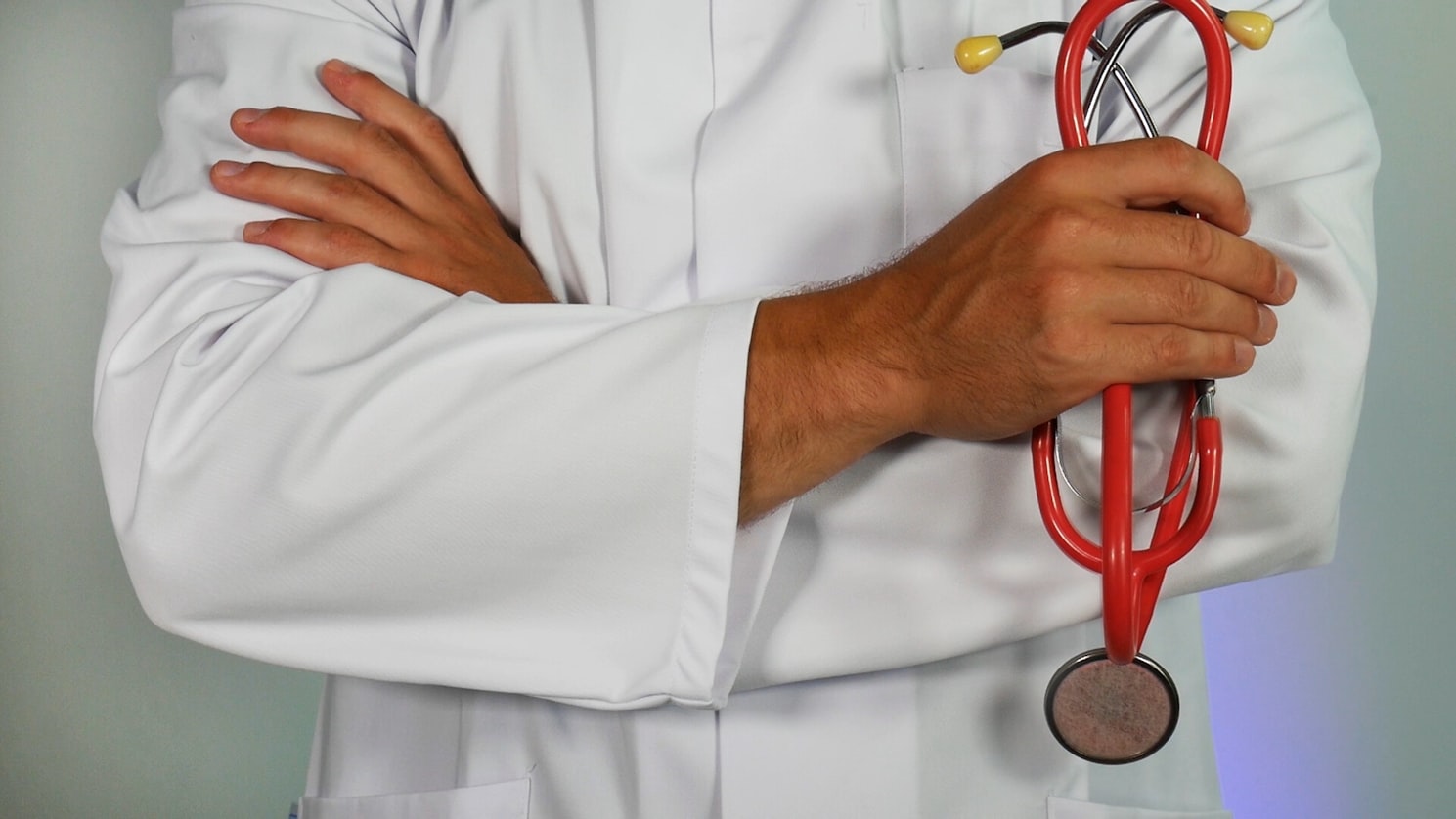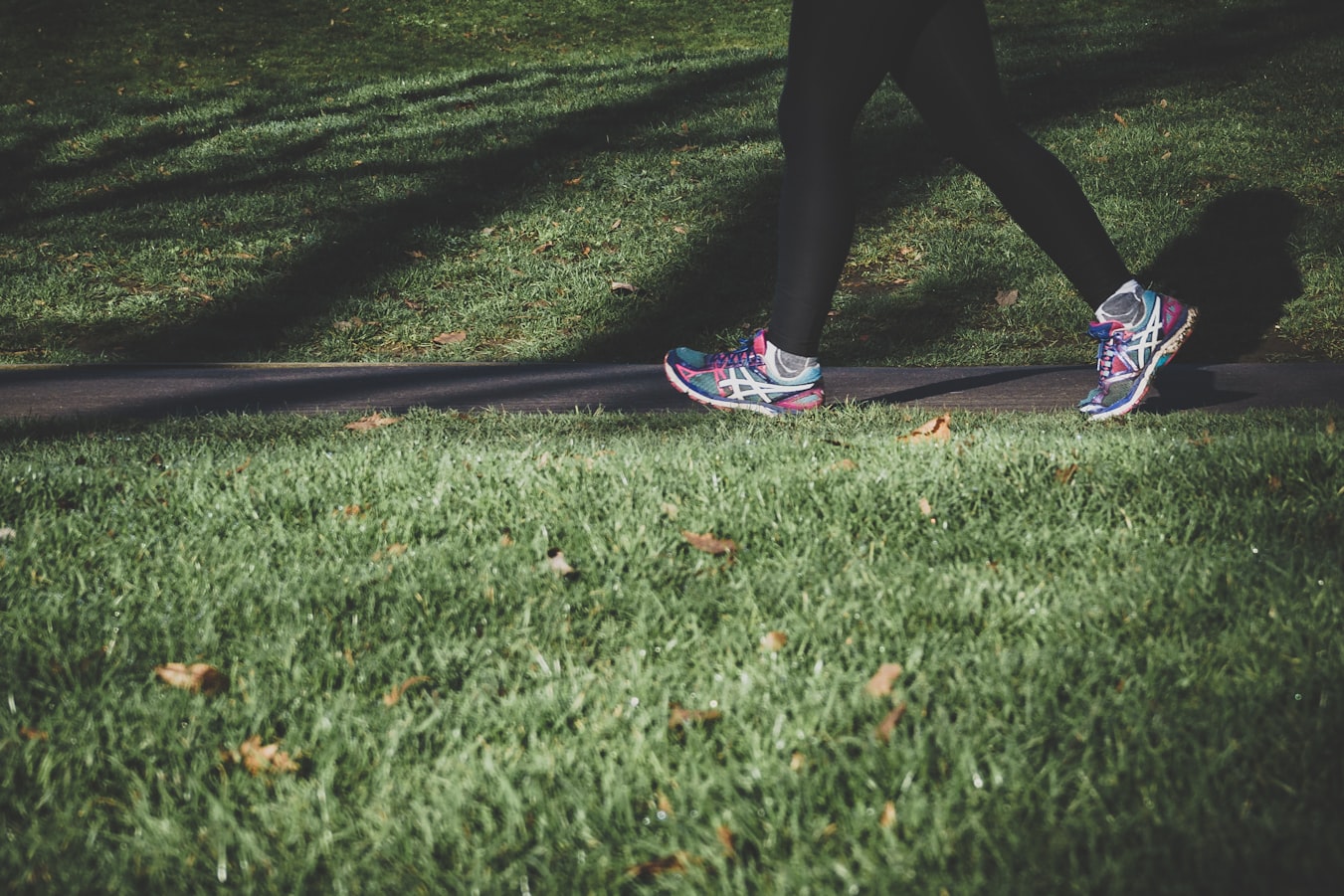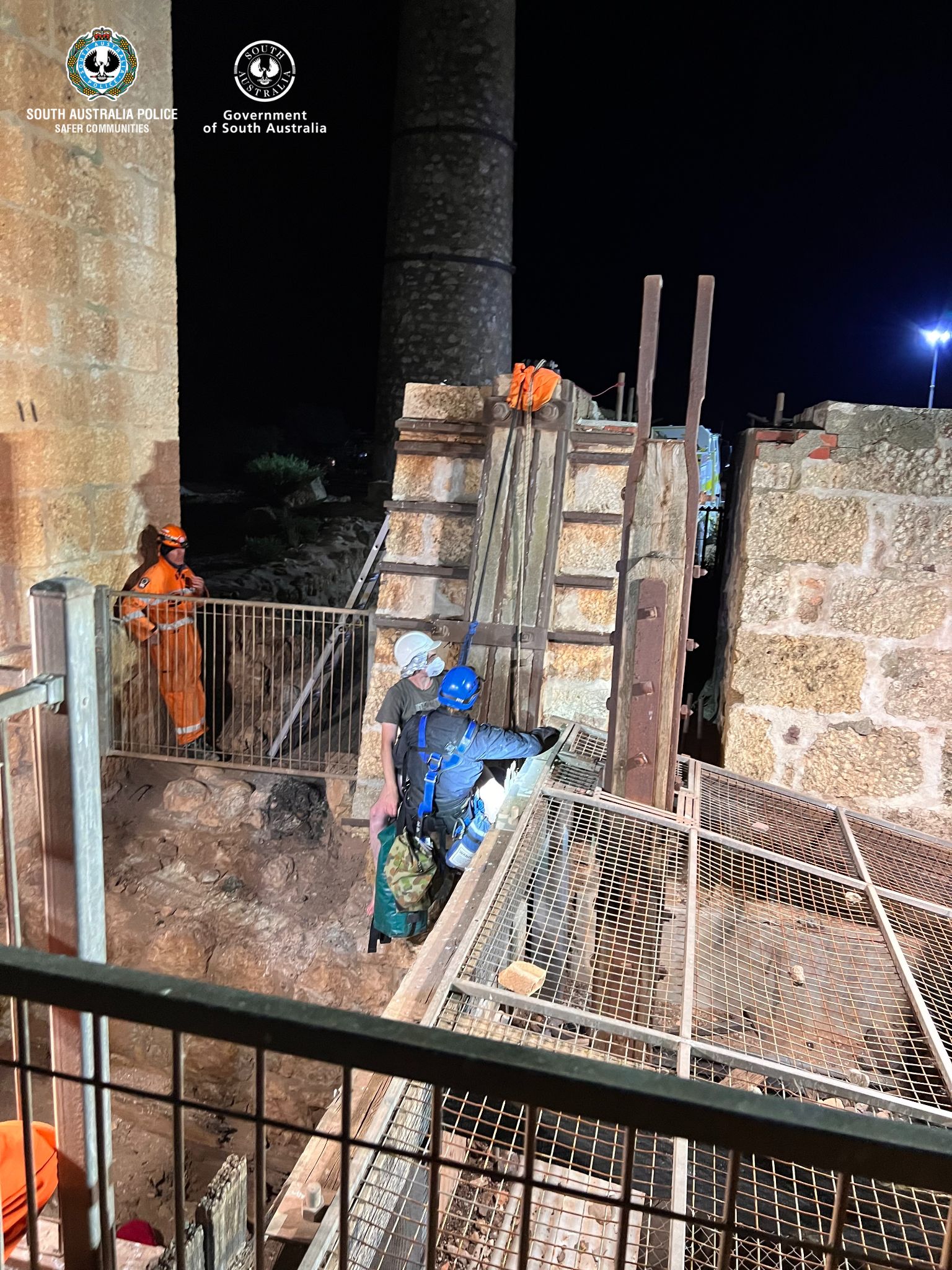29 August 2022
A team from Montana State University (MSU) has developed a 3D-printing device ‘that is able to replicate microbial mosaics and thereby enable the study of new and innovative biofilm treatments.”
A report in the Dental Tribune says that it is hoped that the development of this device will aid research investigating an alternative to using chemicals in dynamic biofilm environments.
Developed over two years by doctoral student at the university’s Center for Biofilm Engineering Kathyrn Zimlich and MSU mechanical engineering doctoral student and researcher Isaak Thornton, the creation of the 3-D printing device offers the possibility of replicating “more complex and layered biofilms found in nature”, according to an MSU media release.
“Even the simplest biofilm systems are complicated,” Zimlich said. “It’s like a forest where there’s a lot of diversity. We’ve needed new tools to see how that diversity develops and is maintained,” she added.
The research that flows from this advance could play a role in the future in preventing, among other things, plaque buildup on teeth, since it will enable the study of what the release terms “innovative treatments.”
“One thing that’s becoming clearer is that there’s potential to treat these pathogenic bacteria by altering the interactive biofilm environment instead of trying to use harsh chemical products,” said Zimlich, whose research adviser is Matthew Fields, director of the Center for Biofilm Engineering. For example, treatments could involve introducing harmless bacteria that compete with the harmful microbes and disrupt the protective biofilm.
For more on this story, go to “Researchers using 3D-printing technology to create biofilms”








